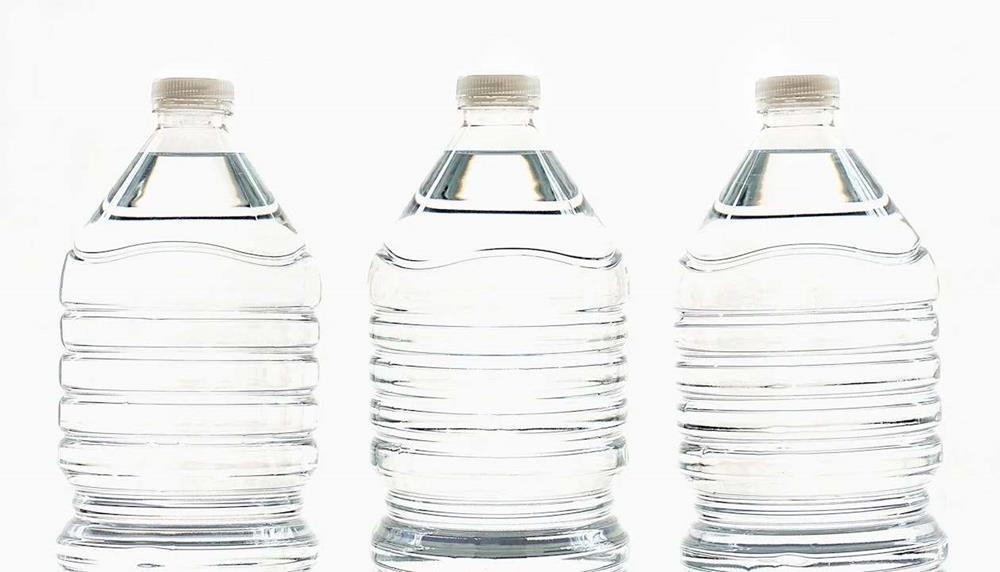Storing drinking water properly is crucial for ensuring its safety and maintaining its freshness over time. Whether preparing for emergencies, managing water supply during outdoor adventures, or simply seeking to improve household water storage practices, knowing the right methods can make a significant difference. This article will guide you through the essential steps and considerations for storing drinking water properly, highlighting the best practices to prevent contamination and preserve the quality of your water.
Proper Containers for Drinking Water
Choosing the right container is a pivotal step in storing drinking water safely. Here are some of the best options for keeping your water clean and ready to drink:
- Food-Grade Plastic Bottles: Specifically designed for storing consumables, these bottles are made from PETE (polyethylene terephthalate) or HDPE (high-density polyethylene). They are lightweight, durable, and reusable, making them ideal for both short-term and long-term water storage. Ensure they are thoroughly cleaned and sanitized before use.
- Glass Bottles or Jars: Glass is an excellent material for water storage as it doesn’t leach chemicals and preserves the water’s taste. It’s perfect for storing water in a cool, dark place. However, glass can be heavy and breakable, so it’s less suitable for situations where mobility is essential.
- Stainless Steel Containers: Stainless steel is another safe option for water storage, resistant to corrosion and leaching. It’s durable and ideal for long-term storage, but it ensures the container is not used to store anything but water to avoid contamination. Note that stainless steel should not be used if your water storage plan involves treating the water with chlorine, as it can react with the metal.
- BPA-Free Water Bladders: For flexible storage options, especially in situations requiring portability, BPA-free water bladders are a great choice. They are compact, lightweight, and designed for safe water storage, making them perfect for camping or emergency evacuation kits.
- Commercially Bottled Water: If DIY solutions are not your preference, commercially bottled water is a reliable choice. It’s packaged under strict sanitation conditions and has a shelf life of 1-2 years. Just be sure to store the bottles away from direct sunlight and chemicals.
Each of these containers has its advantages depending on your specific needs, whether it’s for emergency preparedness, outdoor activities, or everyday use. Remember to choose containers that are clean, properly sealed, and specifically designed for food or water storage to ensure the safety and quality of your drinking water.
Tips for Storing Drinking Water
Properly storing drinking water is essential to ensure its safety and maintain its quality. Here are some crucial tips to keep in mind:
- Keep It Cool: Store your water in a cool, dark place away from direct sunlight. Heat can promote bacterial growth and chemical reactions in the container, affecting water quality.
- Use Clean Containers: Before filling any container with water for storage, ensure it is thoroughly cleaned and sanitized. Residues from previous contents can contaminate your water.
- Rotate Regularly: Even properly stored water can become contaminated over time. It’s a good practice to rotate your water supply every six months to a year, using the stored water and replacing it with a fresh supply.
- Avoid Chemical Exposure: Store your water containers away from gasoline, pesticides, or any substances that could release harmful vapors. Chemicals can penetrate plastic containers and contaminate the water.
- Label and Date: Mark each container with the date you filled it. This helps in managing the rotation schedule and ensures that the oldest water gets used first.
- Secure the Lids: Make sure the lids of your water containers are tightly secured to prevent evaporation and contamination, but don’t overtighten to the point where they’re difficult to open when needed.
- Choose the Right Location: Avoid placing water containers directly on concrete floors, which can cause the containers to degrade and contaminate the water. Use wooden pallets or shelves for better ventilation and stability.
- Inspect Regularly: Check your water storage periodically for leaks, cracks, or any signs of contamination. If water appears cloudy, has an unusual odor, or tastes off, it should be purified or replaced.
By following these tips, you can ensure that your drinking water remains safe, clean, and ready for use whenever you need it, whether it’s for daily consumption or as a crucial part of your emergency preparedness plan.
Conclusion
Storing drinking water properly is a fundamental practice that ensures your supply remains safe, clean, and palatable over time. By choosing the right containers, maintaining a cool and dark storage environment, and adhering to a regular rotation schedule, you can safeguard your water against contamination and degradation.



